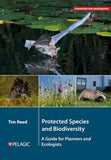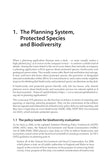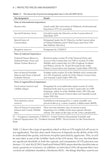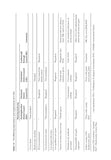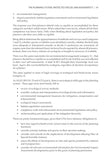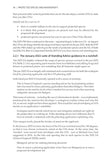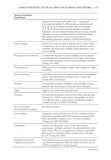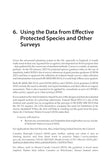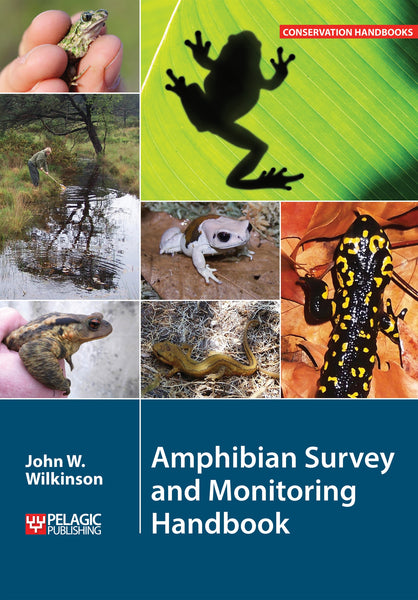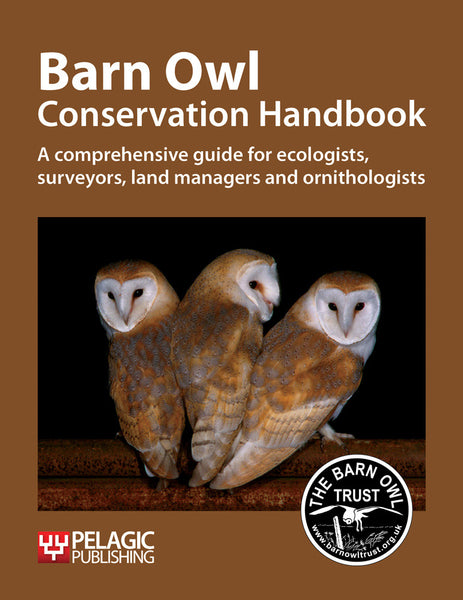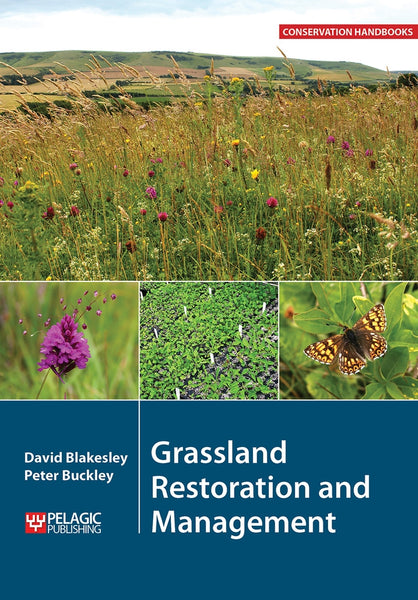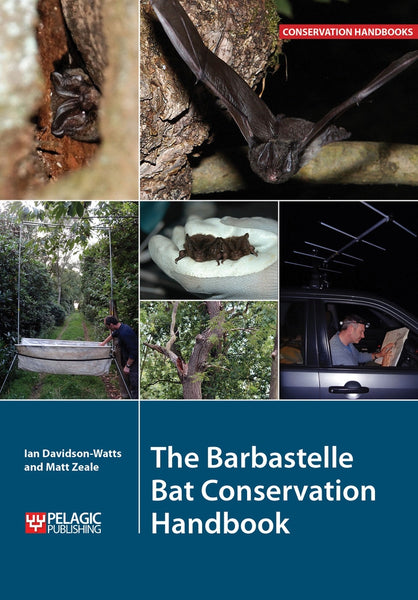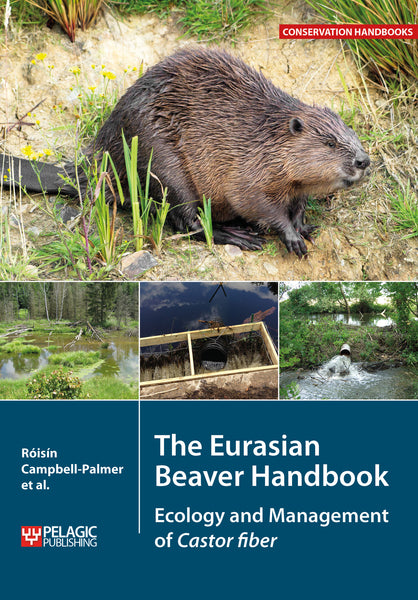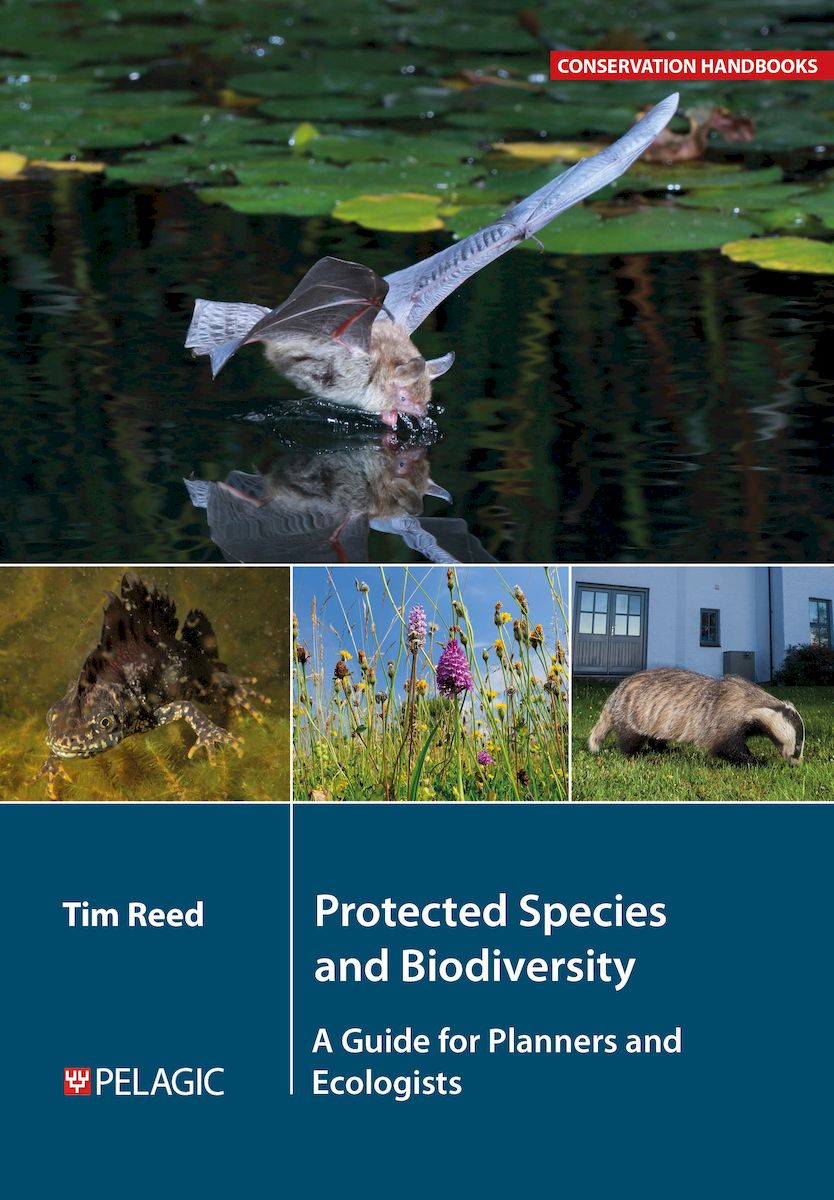
Protected Species and Biodiversity
A Guide for Planners and Ecologists
- Planners need a single source that tells them what to expect and consider when protected species are involved in a planning application: this book does that.
- Allows planners and opponents of planning applications to assess whether the material provided with a planning application is fit-for-purpose.
- Fills the gaps left by statutory advice from DEFRA, and affords providers and assessors of planning submissions the chance to talk on equal terms about protected species.
- A very useful handbook for local authority planners and ecologists who want to do a good job for nature.
—Mark Avery, author and environmental campaigner
- biodiversity
- ecology
- planning
- professional development
- protected species
Description
This book provides a single source of guidance on the protected-species survey data that accompany planning applications. Comprehensive and clear, it is an essential reference for planners and ecological consultants.
New development proposals potentially affect protected species on a daily basis. For the first time, this guide brings together in one place all the key elements needed to collect and interpret survey data for protected species and therefore help determine planning applications. By working through individual species and group tables, even the least experienced planner can begin critically to evaluate the often-variable material provided by ecologists in planning submissions.
Chapters cover: the planning system and biodiversity; government guidance and its interpretation; how to secure better quality data; the most recent standing advice; detailed notes on protected species; drawing in data from other surveys, and biodiversity net gain. Packed with information, the book also codifies what a planner expects from ecologists, so that both target audiences are able to work better together, and thus more effectively help safeguard protected species.
DOI: 10.53061/MASF8870
Table of Contents
Introduction
A green and pleasant land?
Why do LPAs need help with protected species when evaluating planning applications?
How to use this book
1. The Planning System, Protected Species and Biodiversity
1.1 The policy needs for biodiversity evaluation
1.2 What do LPAs say they want?
1.3 ALGE, ecology and planning
2. Guidance and Interpretation
2.1 NE guidance 2014–21
2.2 NED guidance 2022
2.3 The Partnership for Biodiversity in Planning
3. Getting Better Data to Planners: Consultants, Data Quality, and Constructing More Suitable Guidance
3.1 The British biodiversity standard BS 42020
4. The New 2022 Standing Advice: Turning Around and Moving Forwards
4.1 Establishing the facts
4.2 What does an LPA need to have?
4.3 What does the January 2022 SA expect of an LPA?
4.4 Moving forwards from the 2022 SA in 11 steps
5. Surveys for Protected Species: What the LPA Might Have Ordered
5.1 Headings: what to expect and why
5.2 Progressing
5.3 Protected species guidance for planners in tables
6. Using the Data from Effective Protected Species and Other Surveys
6.1 Biodiversity Net Gain and species
6.2 Testing BNG
6.3 Delivering protected species into the future
Appendix: Key elements for each species/species group
References and further reading
Index
Reviews
- A timely addition to the material needed to inform planners, developers and consultants alike as to what is required to guide stakeholders through the biodiversity aspects of the planning process, providing all the relevant information necessary in one succinct place.
—Darren Frost, Cambridge Ecology Ltd - This timely book strikes at the very heart of the challenge facing us in the UK. If we are to continue to develop land apace AND deliver nature’s recovery, we need a planning system with the capacity and competence to understand the requirements of both and make sound, evidence-based decisions. Tim Reed has not only set out very clearly the roles and responsibilities of developers, householders and ecological consultants in supporting such decision-making, he has provided what will be an invaluable source of support and guidance to planners to help them navigate the challenges they face in understanding and using the ecological information that is presented to them. This book should be a mandatory purchase for every local planning authority in the UK.
—Sally Hayns, Chief Executive, CIEEM - Tim Reed’s book is essential reading for anyone engaged in the preparation of wildlife related planning applications. It is equally valuable to all those involved in nature conservation planning and management and every local planning authority in the UK. Developers and their ecological consultants must be aware of their role and enormous responsibility for ensuring that their operations do not have an adverse impact on wildlife. This is where this book excels. It provides a single accessible and coherent source of the guidance essential for the wise use of ecological information in planning applications.
—Mike Alexander FCIEEM FRSB, author of Management Planning for Nature Conservation - A very useful handbook for local authority planners and ecologists who want to do a good job for nature.
—Mark Avery, author and environmental campaigner
About the Author
Tim Reed has had a lifelong interest in data quality and survey methods as the basis for credible decision-making by those that influence landscapes and protected areas. This has included developing survey methods for waders on moorland and machair, standardising nature reserve management plan formats, chairing development groups for national-level databases, and collaborating with the EU on data standards for Directives. His last 20 years have been spent helping major corporates establish biodiversity as part of their risk-management processes around the world, and working at public inquiries in the UK.
Bibliographic Information
 256 pages
256 pages - Figures, tables
- BISAC NAT011000, SCI020000, SCI088000
- BIC RNKH, PSAF, RNCB






